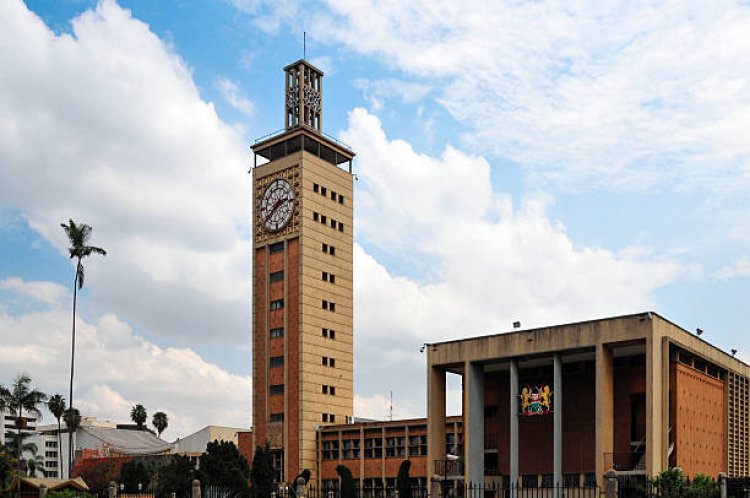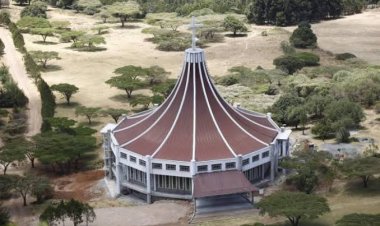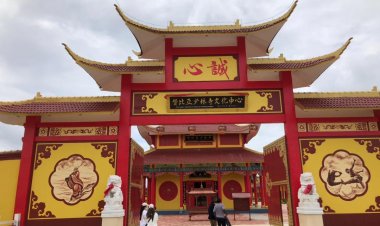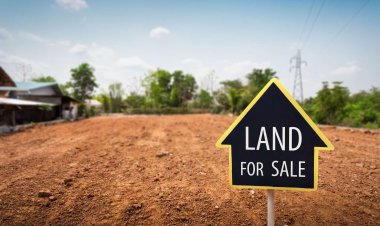Assembly Buildings in Kenya: A Catalyst for Progress and Unity
Assembly buildings in Kenya have transcended their traditional roles to become dynamic spaces that drive progress, unity, and development.

Assembly buildings play a vital role in the social, cultural, and economic development of a nation. In Kenya, these structures have evolved to become dynamic spaces that foster collaboration, innovation, and community engagement.
Historical Background:
Kenya has a rich history of community gatherings and traditional assemblies, which have served as platforms for decision-making, conflict resolution, and cultural celebrations. Over time, these gatherings have influenced the design and purpose of assembly buildings. In the contemporary era, assembly buildings in Kenya have expanded beyond their traditional functions to encompass spaces for education, governance, commerce, and entertainment.
Educational spaces:
Assembly buildings in Kenya often serve as educational institutions, ranging from primary schools to universities. These buildings provide an environment conducive to learning, accommodating large groups of students and facilitating important academic events such as lectures, seminars, and examinations. They act as hubs of knowledge dissemination and intellectual exchange, nurturing the country's future leaders and professionals.
Governance and civic engagement:
Assembly buildings, such as parliament houses and county assembly chambers, are at the heart of Kenya's democratic processes. They serve as venues for lawmakers to debate and pass legislation, ensuring the smooth functioning of the nation's governance. These buildings also provide spaces for citizens to participate in public hearings, town hall meetings, and other forms of civic engagement, fostering transparency, accountability, and citizen empowerment.
Cultural and social integration:
Kenya's diverse cultural heritage is celebrated and embraced within assembly buildings. They serve as venues for cultural performances, music concerts, art exhibitions, and theatrical events. These gatherings promote cultural integration, social cohesion, and national identity, fostering a sense of unity among Kenyans. Assembly buildings act as platforms for artists, musicians, and performers to showcase their talents and preserve the rich cultural tapestry of the nation.
Economic catalysts:
Assembly buildings also contribute to Kenya's economy by hosting conferences, trade fairs, and business events. They attract local and international participants, enabling networking, knowledge sharing, and economic transactions. These buildings act as catalysts for entrepreneurship, innovation, and investment, playing a crucial role in the growth of various sectors such as tourism, technology, and agriculture.
Infrastructure development:
The construction of assembly buildings requires significant investment in infrastructure, creating job opportunities, and boosting the construction industry. Furthermore, the presence of assembly buildings in urban areas often leads to the development of supporting infrastructure such as roads, transportation networks, and hospitality facilities. This infrastructure development enhances the overall livability and attractiveness of the surrounding areas.
Assembly buildings in Kenya have transcended their traditional roles to become dynamic spaces that drive progress, unity, and development. From educational institutions to governance chambers, and cultural venues to economic catalysts, these structures shape the social, cultural, and economic fabric of the nation. As Kenya continues to evolve, assembly buildings will remain integral to its growth, providing spaces for collaboration, dialogue, and collective action.
If you have a real estate press release or any other information that you would like featured on the African Real Estate Blog Post do reach out to us via email at [email protected]

































